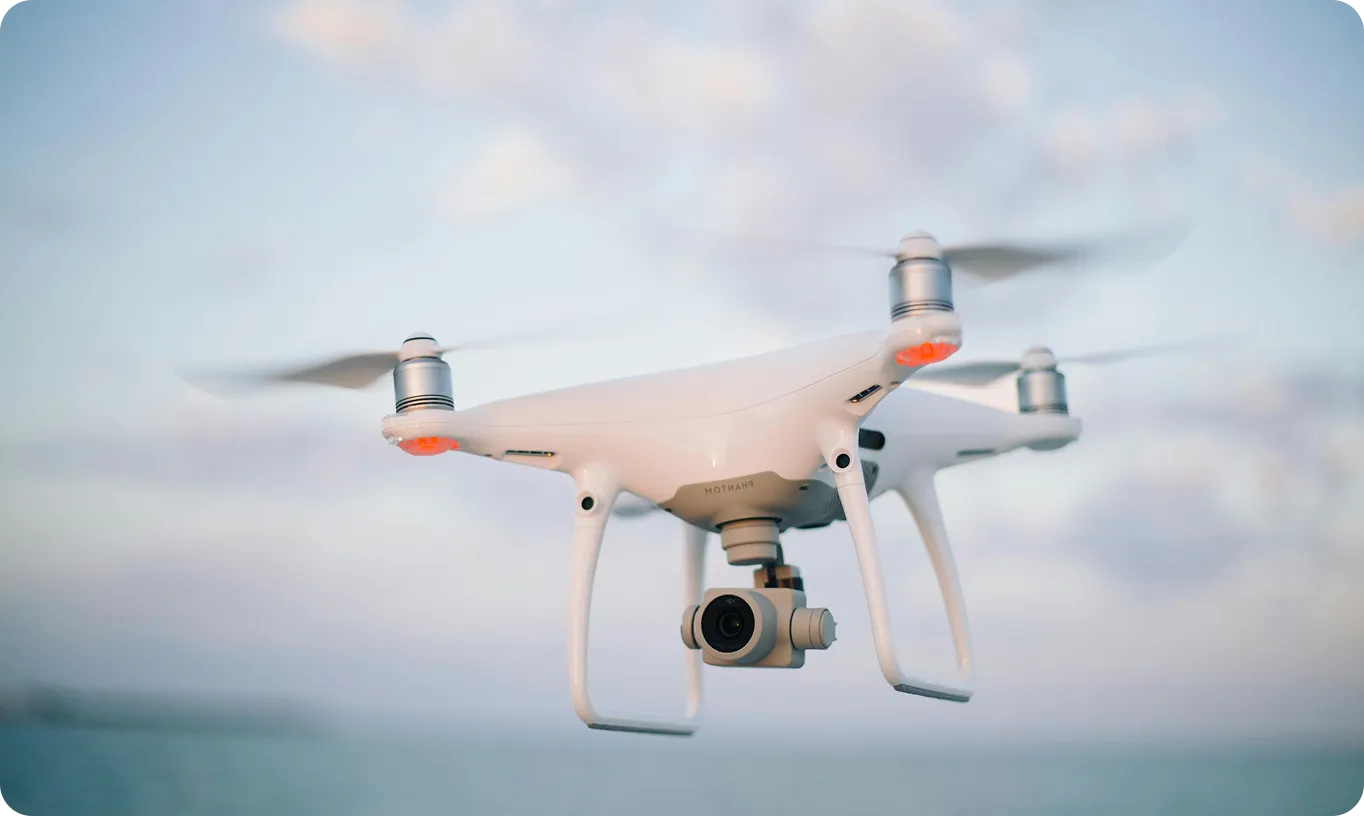Convolution is a fundamental mathematical operation widely used in artificial intelligence, especially within the field of computer vision (CV). It serves as a crucial building block for Convolutional Neural Networks (CNNs), empowering these networks to automatically learn complex, hierarchical patterns directly from grid-like data, such as images or videos. The process involves applying a small filter, known as a kernel, across an input signal or image. This operation generates an output called a feature map, which highlights specific patterns (like edges, textures, or shapes) that the kernel is designed to detect.
How Convolution Works
Think of the convolution process like sliding a small magnifying glass (the kernel or filter) over a larger image (the input data). At each position, the kernel focuses on a small patch of the input. The convolution operation then computes a weighted sum of the pixel values within this patch, using the weights defined within the kernel. This computed value becomes a single pixel in the resulting output feature map. The kernel systematically moves across the entire input image, step-by-step, with the step size determined by a parameter called 'stride'. Sometimes, 'padding' (adding extra border pixels) is used around the input image to control the output size. By applying multiple kernels within a single convolutional layer, a CNN can simultaneously extract a diverse set of features from the input. Visual explanations, such as those found in the Stanford CS231n course notes, can provide further intuition.
Key Components of Convolution
Several parameters define a convolution operation:
- Kernel/Filter: A small matrix containing weights (filter weights) that detect specific features. The size of the kernel determines the local area processed at each step.
- Stride: The number of pixels the kernel shifts over the input image at each step. A larger stride results in a smaller output feature map.
- Padding: Adding pixels (usually zero-value) around the border of the input image. This helps control the spatial dimensions of the output and allows kernels to process edge pixels more effectively.
- Activation Function: Typically, the output of the convolution operation is passed through a non-linear activation function, such as ReLU (Rectified Linear Unit), to introduce non-linearity into the model, enabling it to learn more complex patterns.
Applications of Convolution
Convolutional layers are indispensable in numerous modern AI applications:
1. Object Detection
In object detection, CNNs employ convolutional layers to extract features from images, enabling them to identify objects and determine their locations using bounding boxes. State-of-the-art models like Ultralytics YOLO, including versions like YOLO11, heavily depend on convolutions to analyze features at various scales for efficient and accurate detection. This is vital for AI in Automotive applications, such as enabling self-driving cars (see Waymo's technology) to perceive pedestrians, vehicles, and traffic signs for safe navigation, often requiring real-time inference.
Importance in Deep Learning
Convolution is a cornerstone of modern deep learning (DL), particularly for tasks involving grid-like data. Its ability to exploit spatial locality (assuming nearby pixels are related) and share parameters across different locations makes CNNs highly efficient and effective at learning visual hierarchies compared to traditional fully connected networks.









